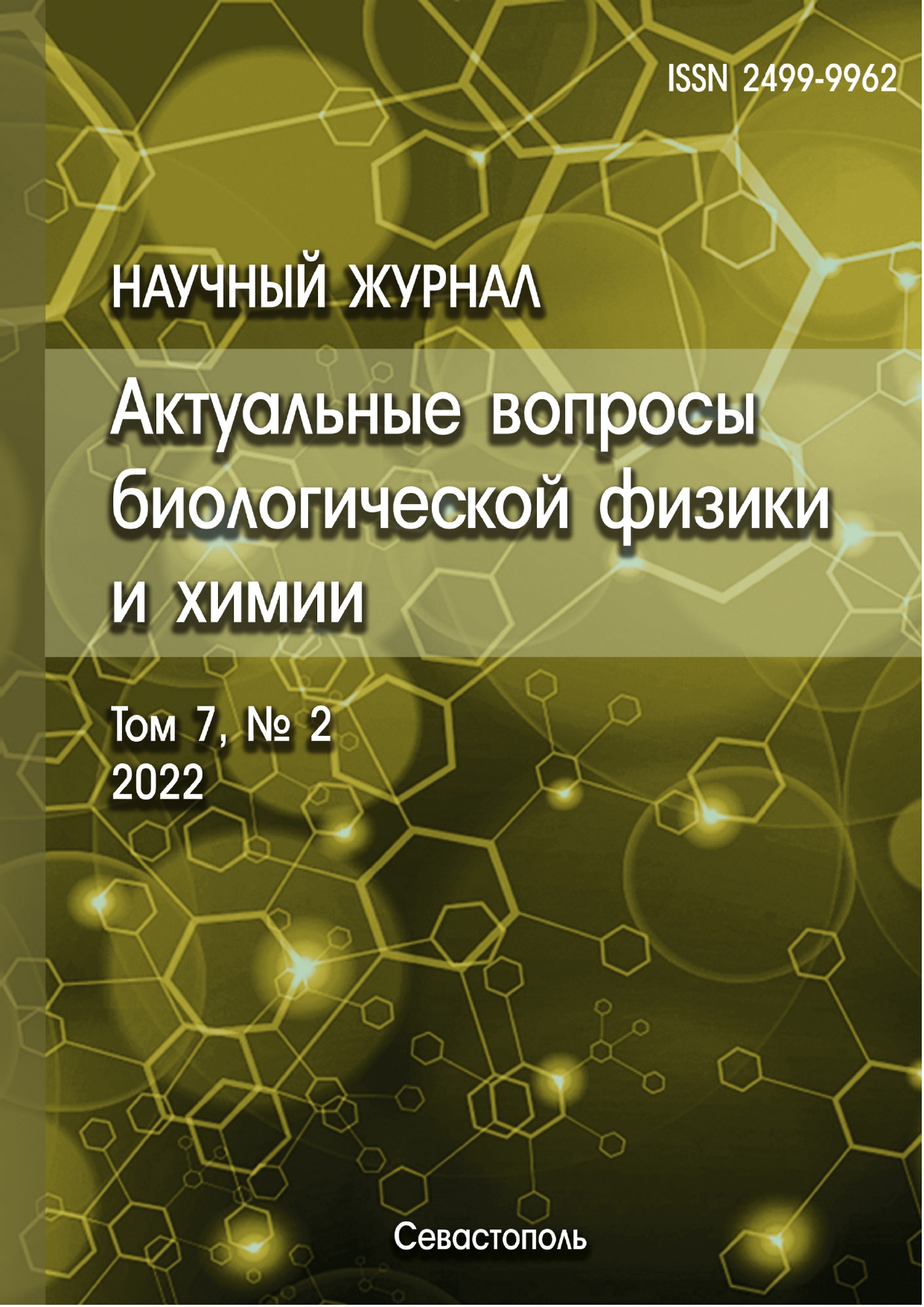Pushchino, Moscow, Russian Federation
Tula, Tula, Russian Federation
Saint Petersburg, St. Petersburg, Russian Federation
Moscow, Moscow, Russian Federation
Moscow, Moscow, Russian Federation
Moscow, Moscow, Russian Federation
In a study of the effects of cobra cardiotoxins on myocardial tissue, both right ventricular (papillary muscle) and left ventricular contractility (isovolumic recording of left ventricular pulse pressure during Langendorff perfusion of the heart) were assessed. In papillary muscle, both toxins, at a concentration of 5 μg/mL, caused short-term increases in contractility to 200±25% and 171±15% for CTX-1 and CTX-2, respectively, at the point of maximum effect. At the same time, for CTX-1 and CTX-2, the time to peak tension (TPT) increased from 104±2 to 111±2 and from 96±2 to 104±5 ms, the relaxation time to 50%(TR50%) from 64±4 to 70±6 and from 64±6 to 69±7 ms, and the relaxation time to 95%(TR95%) from 163±10 to 190±22 and from 148±16 to 155±20 ms, respectively. This significantly differs from the positive inotropic effect of the β-adrenomimetic isoproterenol (170±31%), which causes acceleration of TPT from 106±5 to 89±4 ms, TR50% from 58±6 to 43±4 ms, and TR95% from 145±15 to 90±14 ms. When the whole heart was exposed to cardiotoxins, an increase in contractility was also observed, followed by its suppression and contracture, in contrast to isoproterenol, which caused a steady increase in contractility coupled with an increase in heart rate. Pretreatment of papillary muscles with the β-blocker propranolol (10 μM) did not prevent the development of cardiotoxin effects, but completely blocked the effects of isoproterenol. Our data indicate that the temporary increase in contractility under the action of cardiotoxins is not associated with the release of endogenous adrenaline, but rather is caused by changes in calcium homeostasis in cardiomyocytes.
cardiotoxins, papillary muscle, Langendorff perfusion, positive inotropic effect
1. Averin A.S., Nenov M.N., Starkov V.G., Tsetlin V.I., Utkin Y.N. Effects of Cardiotoxins from Naja oxiana Cobra Venom on Rat Heart Muscle and Aorta: A Comparative Study of Toxin-Induced Contraction Mechanisms. Toxins (Basel), 2022, vol. 14, doi:https://doi.org/10.3390/toxins14020088. EDN: https://elibrary.ru/JEKGYC
2. Averin A.S., Goltyaev M.V., Andreeva T.V., Starkov V.G., Tsetlin V.I., Utkin Y.N. S- and P-type cobra venom cardiotoxins differ in their action on isolated rat heart. J. Venom. Anim. Toxins Incl. Trop. Dis., 2022, vol. 28, e20210110, doi:https://doi.org/10.1590/1678-9199-JVATITD-2021-0110. EDN: https://elibrary.ru/JUXVCX
3. Wang H.X., Lau S.Y., Huang S.J., Kwan C.Y., Wong T.M. Cobra venom cardiotoxin induces perturbations of cytosolic calcium homeostasis and hypercontracture in adult rat ventricular myocytes. J. Mol. Cell. Cardiol., 1997, vol. 29, pp. 2759-2770, doi:https://doi.org/10.1006/jmcc.1997.0511.
4. Huang S.J., Kwan C.Y. Inhibition by multivalent cations of contraction induced by Chinese cobra venom cardiotoxin in guinea pig papillary muscle. Life Sci., 1996, vol. 59, pp. PL55-60, doi:https://doi.org/10.1016/0024-3205(96)00305-0.
5. Burrell K.M., Molenaar P., Dawson P.J., Kaumann A.J. Contractile and arrhythmic effects of endothelin receptor agonists in human heart in vitro: Blockade with SB 209670. J. Pharmacol. Exp. Ther., 2000, vol. 292, pp. 449-459.
6. Gomes H.L., Menezes T.N., Malacarne P.F., Roman-Campos D., Gondim A.N., Cruz J.S., Vassallo D.V., Figueiredo S.G. Cardiovascular effects of Sp-CTx, a cytolysin from the scorpionfish (Scorpaena plumieri) venom. Toxicon, 2016, vol. 118, pp. 141-148, doi:https://doi.org/10.1016/j.toxicon.2016.05.002.
7. Osipov A.V., Levashov M.Y., Tsetlin V.I., Utkin Y.N. Cobra venom contains a pool of cysteine-rich secretory proteins. Biochem. Biophys. Res. Commun., 2005, vol. 328, pp. 177-182, doi:https://doi.org/10.1016/j.bbrc.2004.12.154. EDN: https://elibrary.ru/LJFGWB
8. Tadokoro T., Modahl C.M., Maenaka K., Aoki-Shioi N. Cysteine-Rich Secretory Proteins (CRISPs) From Venomous Snakes: An Overview of the Functional Diversity in A Large and Underappreciated Superfamily. Toxins (Basel), 2020, vol. 12, doi:https://doi.org/10.3390/toxins12030175. EDN: https://elibrary.ru/UVRMGC
9. Ho K.H., Kwan C.Y., Huang S.J., Bourreau J.P. Dual effect of cobra cardiotoxin on vascular smooth muscle and endothelium. Zhongguo Yao Li Xue Bao, 1998, vol. 19, pp. 197-202.
10. Matuskova L., Czippelova B., Turianikova Z., Svec D., Kolkova Z., Lasabova Z., Javorka M. Beta-adrenergic receptors gene polymorphisms are associated with cardiac contractility and blood pressure variability. Physiol. Res., 2021, vol. 70, pp. S327-S337, doi:https://doi.org/10.33549/physiolres.934837. EDN: https://elibrary.ru/ESBGIW
11. Cohen C.J., Fozzard H.A., Sheu S.S. Increase in intracellular sodium ion activity during stimulation in mammalian cardiac muscle. Circ. Res., 1982, vol. 50, pp. 651-662, doi:https://doi.org/10.1161/01.res.50.5.651.
12. Mubagwa K., Lin W., Sipido K., Bosteels S., Flameng W. Monensin-induced reversal of positive force-frequency relationship in cardiac muscle: Role of intracellular sodium in rest-dependent potentiation of contraction. J. Mol. Cell. Cardiol., 1997, vol. 29, pp. 977-989, doi:https://doi.org/10.1006/jmcc.1996.0342.
13. Flesch M., Erdmann E. Na+ channel activators as positive inotropic agents for the treatment of chronic heart failure. Cardiovasc. Drugs Ther., 2001, vol. 15, pp. 379-386, doi:https://doi.org/10.1023/a:1013329203750.
14. Loots J.M., Meij H.S., Meyer B.J. Effects of Naja nivea venom on nerve, cardiac and skeletal muscle activity of the frog. Br. J. Pharmacol., 1973, vol. 47, pp. 576-585, doi:https://doi.org/10.1111/j.1476-5381.1973.tb08188.x.
15. Harvey A.L., Marshall R.J., Karlsson E. Effects of purified cardiotoxins from the Thailand cobra (Naja naja siamensis) on isolated skeletal and cardiac muscle preparations. Toxicon, 1982, vol. 20, pp. 379-396, doi:https://doi.org/10.1016/0041-0101(82)90001-0.
16. Averin A.S., Astashev M.E., Andreeva T.V., Tsetlin V.I., Utkin Y.N. Cardiotoxins from Cobra Naja oxiana Change the Force of Contraction and the Character of Rhythmoinotropic Phenomena in the Rat Myocardium. Dokl. Biochem. Biophys., 2019, vol. 487, pp. 282-286, doi:https://doi.org/10.1134/S1607672919040094. EDN: https://elibrary.ru/ZNEHZR










